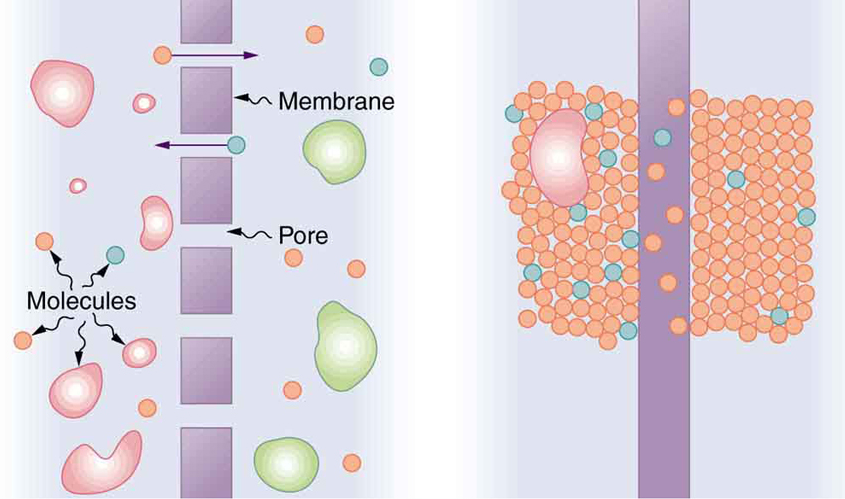Transport Of Small Molecules
The internal composition of the cell is maintained because the plasma membrane is selectively permeable to small molecules. Many biological molecules are unable to diffuse by the phospholipid bilayer so the plasma membrane forms a barrier which blocks the free exchange of molecules among the cytoplasm and the external environment of the cell. Definite transport proteins carrier proteins and channel proteins then mediate the selective passage of small molecules across the membrane, permitting the cell to control the composition of its cytoplasm.

The progress of small molecules as effectual neuropharmaceuticals needs in which these compounds undergo significant transport through the brain capillary endothelial wall that will make up the (blood-brain barrier) BBB in vivo. Although it is frequently assumed that any small molecule undergoes passive diffusion by the blood-brain barrier, the evidence in the literature suggests only small molecules which are (a) are lipid-soluble and (b) have a molecular weight < 400–600 Da threshold are transported through the blood-brain barrier through lipid-mediation in pharmacologically significant amounts. An exception to this rule are lipid-soluble molecules with a molecular weight of < 400 Da which are actively bound through plasma proteins in vivo and small molecules which are transported by the BBB through carrier-mediated transport.